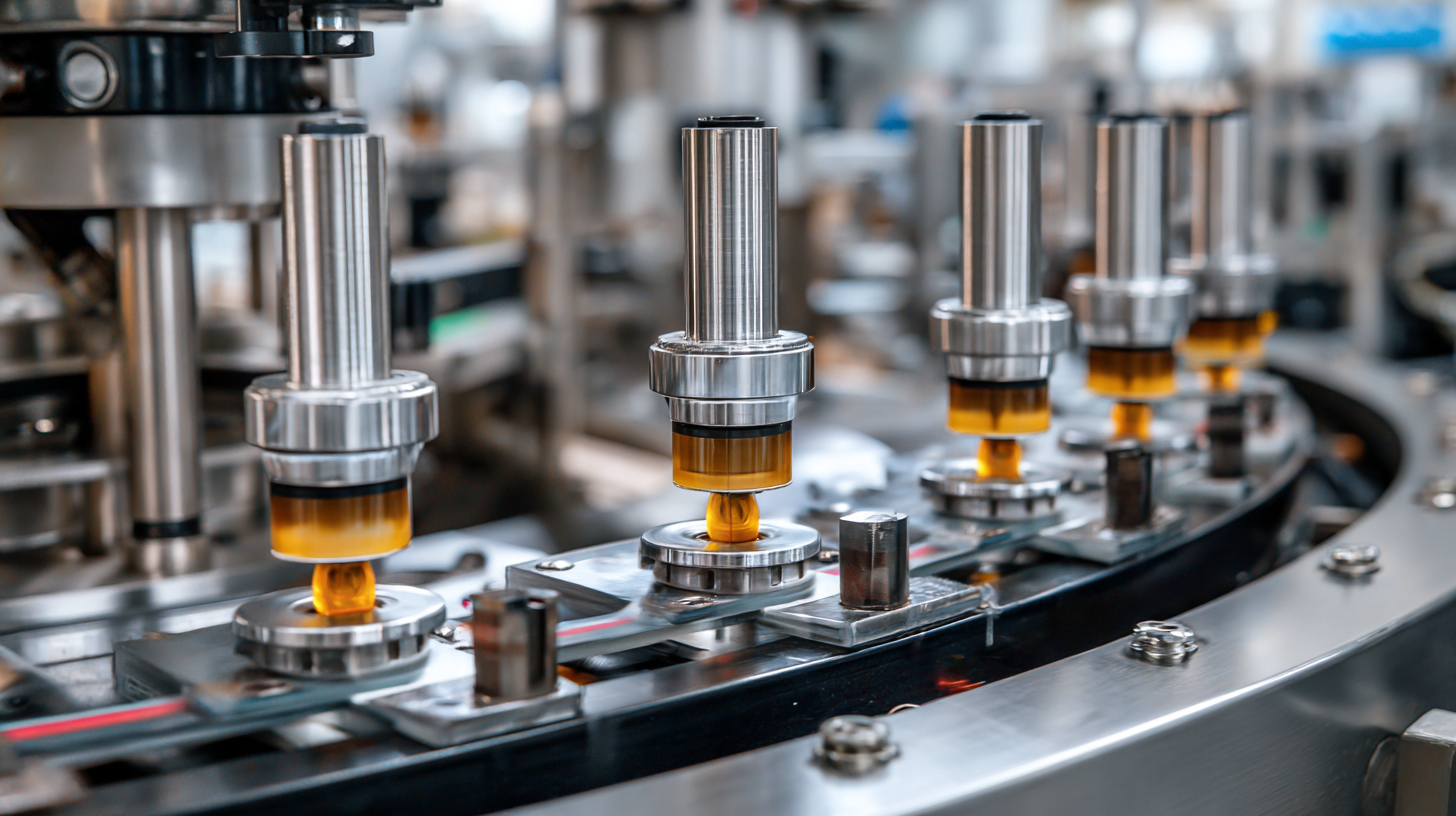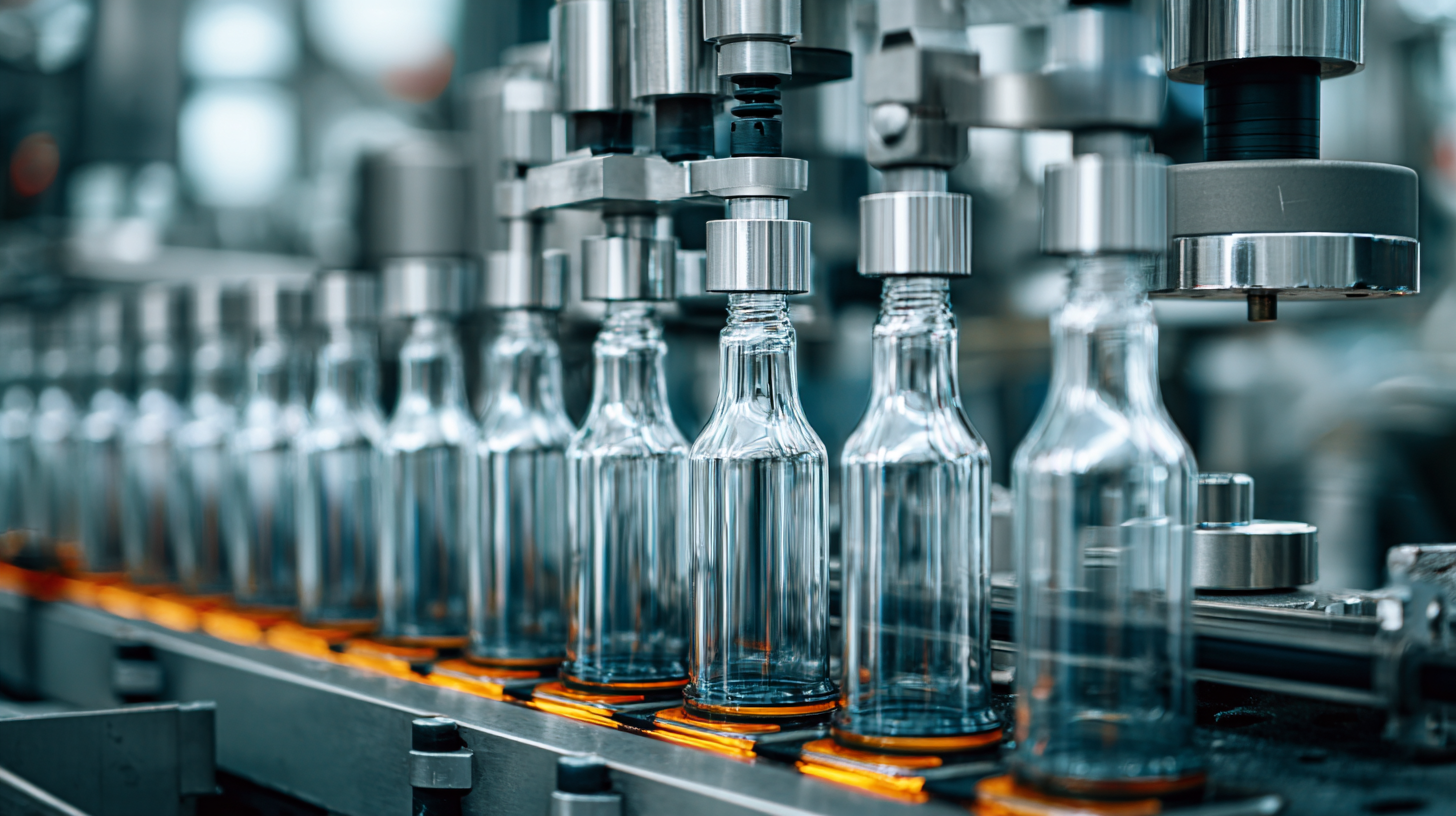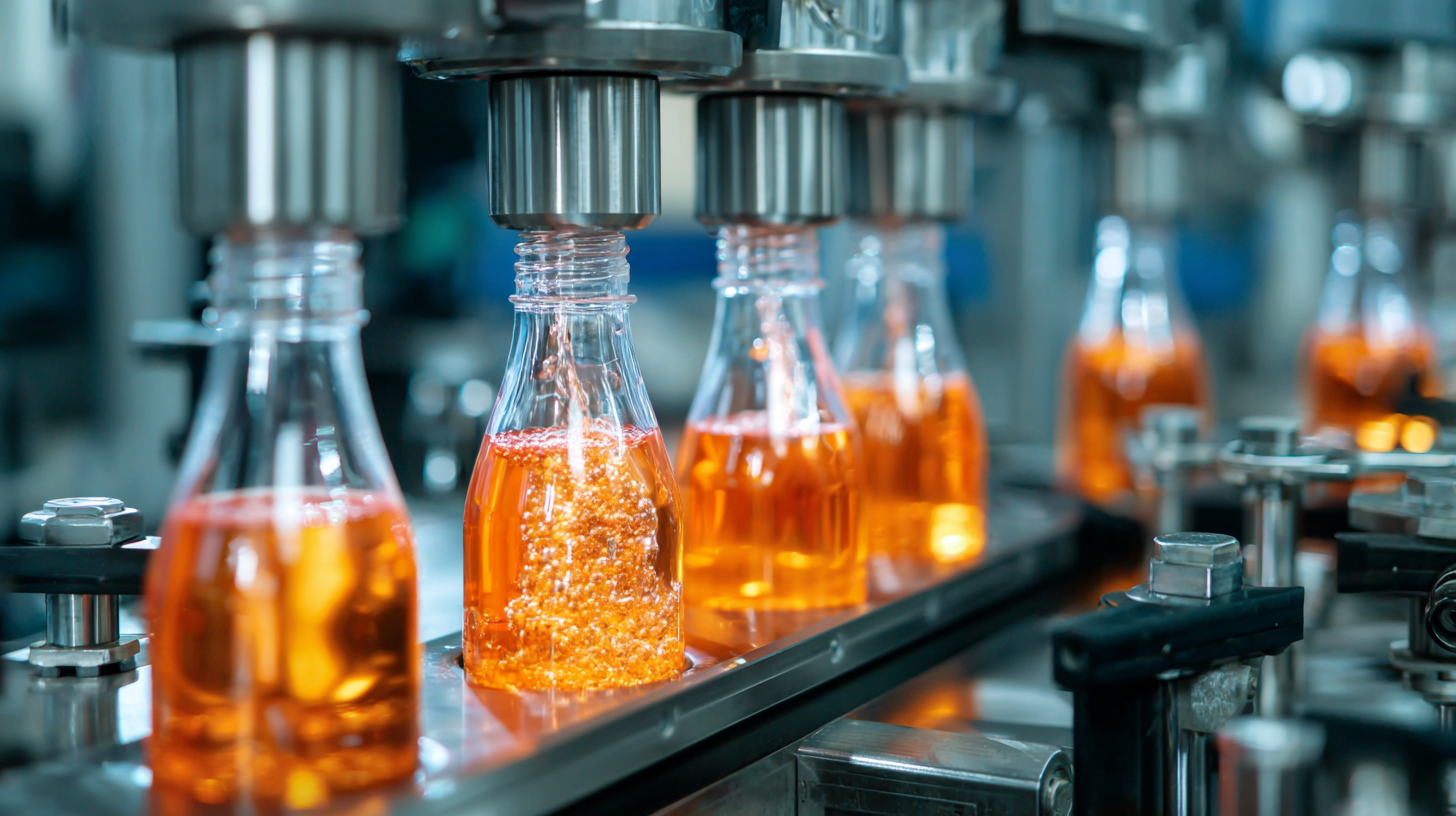Automated Dispensing Robot Videos
A World of Robotic Dispensing and Assembly SolutionsThe Ultimate Guide to Choosing the Best Filling Capping Machine: Boost Efficiency and Sales with Data-Driven Insights
In today’s highly competitive market, the importance of an efficient production line cannot be overstated, especially when it comes to the beverage and food sectors. According to a recent report by MarketsandMarkets, the global filling and capping machinery market is projected to reach USD 5.5 billion by 2025, driven by the increasing demand for packaged goods and automation in manufacturing. As companies strive to enhance their operational efficiency and product quality, selecting the right Filling Capping Machine has become crucial. These machines not only streamline the packaging process but also significantly reduce labor costs and waste, ultimately boosting sales and customer satisfaction. With data-driven insights, businesses can now make informed decisions to choose the best filling capping solutions that align with their production goals and market needs.

Key Factors to Consider When Selecting a Filling Capping Machine for Your Business
 When selecting a filling capping machine for your business, it’s crucial to consider several key factors that can significantly impact your operational efficiency and sales performance. One of the primary considerations is the type of product you are packaging. According to recent market reports, the pharmaceutical packaging equipment sector is experiencing notable growth, particularly in aseptic filling and sealing equipment. Understanding the specific requirements of your industry is essential for choosing a machine that meets safety and compliance standards.
When selecting a filling capping machine for your business, it’s crucial to consider several key factors that can significantly impact your operational efficiency and sales performance. One of the primary considerations is the type of product you are packaging. According to recent market reports, the pharmaceutical packaging equipment sector is experiencing notable growth, particularly in aseptic filling and sealing equipment. Understanding the specific requirements of your industry is essential for choosing a machine that meets safety and compliance standards.
Additionally, the North American food and beverage filling and capping machines market was valued at USD 1.67 billion in 2021, with projections indicating continued growth. This highlights the need for businesses to adopt advanced technologies that can enhance productivity while minimizing downtime. When evaluating potential machines, it’s beneficial to assess their compatibility with existing production lines and their flexibility to handle different product types and sizes.
Tips: Always consider the machine's ease of operation and maintenance, as these factors directly influence the efficiency of your production process. Moreover, engaging with suppliers who provide data-driven insights can help you make an informed decision, ultimately boosting your business’s performance in a competitive market.
Understanding Different Types of Filling Capping Machines and Their Applications
When selecting a filling capping machine, it is crucial to understand the different types available and their specific applications. According to a report by MarketsandMarkets, the filling equipment market is anticipated to reach USD 5.83 billion by 2025, driven by the increasing demand for packaged food and beverages. There are several types of filling machines, including volumetric, gravimetric, and piston fillers, each suited for various products. Volumetric fillers, for instance, are ideal for liquids with low viscosity, while gravimetric systems excel in high-precision filling for heavy and viscous products.
Moreover, the capping machinery segment is equally important in compelling the overall efficiency of packaging lines. The Global Capping Machines Market is projected to grow at a CAGR of 4.5% from 2020 to 2025, according to a report by Research and Markets. The choice between screw, snap-on, or press-on capping machines hinges on the type of closure needed. For example, snap-on caps are commonly used for beverage packaging due to their ease of use and ability to maintain product freshness, whereas screw caps are preferred for pharmaceutical and industrial applications where tamper evidence is critical. Understanding these nuances can significantly enhance operational efficiency and drive sales growth in a competitive market.
The Role of Data Analytics in Optimizing Filling Capping Processes
In today's fast-paced manufacturing landscape, data analytics plays a critical role in optimizing filling and capping processes. By leveraging real-time data, businesses can identify operational inefficiencies and areas for improvement. According to a report from MarketsandMarkets, the global packaging machinery market is projected to reach $45.43 billion by 2026, driven in part by the increasing integration of data analytics into machinery. Companies that utilize advanced data analytics can boost their production efficiency by up to 30%, directly influencing their bottom line.
Furthermore, data-driven insights allow manufacturers to make informed decisions about equipment selection and maintenance schedules. For instance, a study by Deloitte indicates that 65% of manufacturers who utilize predictive analytics experience reduced downtime by over 20%. By understanding the performance trends of filling and capping machines, businesses can not only enhance their operational efficiency but also improve their sales performance. With the right data tools, organizations can forecast consumer demand more accurately, ensuring they meet market needs without overproducing, thus optimizing both resources and profits.
The Impact of Data Analytics on Filling and Capping Efficiency
How to Evaluate Supplier Quality for Reliable Machine Performance
When selecting a filling capping machine, evaluating supplier quality is paramount to ensuring reliable machine performance. The first step is to conduct a thorough background check on potential suppliers. Look for companies that have established a solid reputation within the industry, evidenced by positive customer reviews and a portfolio of successful installations. Accreditations, such as ISO certifications, can further assert the reliability of the supplier's manufacturing processes and their commitment to quality.
In addition to checking credentials, engage in a dialogue with suppliers to understand their support systems and supply chain management. Ask about their sourcing of components and whether they utilize reputable manufacturers for parts. It's essential to inquire about their after-sales support, including maintenance services and availability of spare parts. A supplier that prioritizes customer partnerships will often provide insight into their machine's long-term performance, ensuring a smoother operational experience for your business. By focusing on supplier quality, you position your operations for enhanced efficiency and reduced downtime, ultimately contributing to better sales and customer satisfaction.
The Ultimate Guide to Choosing the Best Filling Capping Machine: Boost Efficiency and Sales with Data-Driven Insights
| Criteria | Evaluation Metric | Example Value | Importance (1-5) |
|---|---|---|---|
| Production Speed | Bottles per Minute | 120 | 5 |
| Filling Accuracy | Percentage of Accuracy | 99.5% | 5 |
| Machine Reliability | Mean Time Between Failures (MTBF) | 1500 hours | 4 |
| Maintenance Costs | Annual Cost | $2000 | 3 |
| After-Sales Support | Response Time | 24 Hours | 4 |
| Energy Efficiency | Energy Consumption per Hour | 10 kWh | 3 |
| User-Friendliness | Ease of Operation Rating | 4.7/5 | 5 |
Maximizing ROI: The Impact of Efficient Filling Capping on Sales Growth
Efficient filling and capping processes are critical in maximizing return on investment (ROI) for businesses in the manufacturing sector. The impact of these processes on sales growth is substantial, as streamlined operations reduce waste and increase throughput, allowing companies to meet rising consumer demands with agility. By integrating data-driven insights into the selection of filling and capping machines, manufacturers can optimize their operations, harnessing the latest technologies that enhance accuracy and efficiency.

Recent analysis in the aseptic filling machine market, projected to grow significantly over the next decade, underscores the importance of investing in advanced machinery. With market growth rates expected to reach 4.6% annually, companies are recognizing that upgrading outdated equipment can lead to substantial improvements in production capabilities. Additionally, the efficient use of resources in manufacturing processes not only bolsters sales but also contributes to greater environmental sustainability—an increasingly vital consideration in today’s economy. This dual focus on efficiency and sustainability can lead to improved economic performance and customer satisfaction, ultimately driving business growth in competitive markets.
